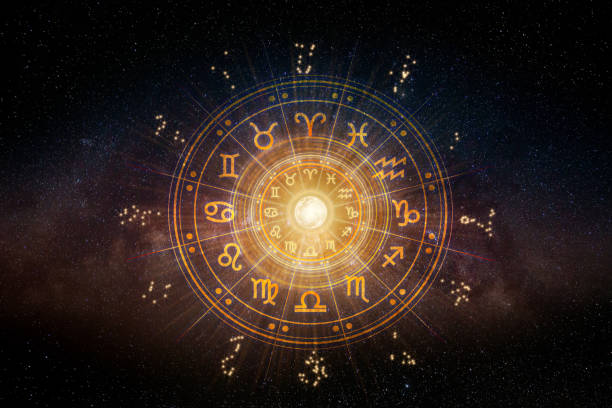Horoscope: How Zodiac Signs and Planetary Positions Work
Astrology and horoscopes have been part of human culture for millennia, used to mark time, interpret events, and explore personality traits. A horoscope is a chart or forecast based on the positions of stars and planets at a specific moment—often the time of a person’s birth. While interpretations vary across traditions, modern horoscopes blend observational astronomy, symbolic meanings for zodiac signs, and methods for mapping planetary influences. This article explains the core concepts behind horoscopes, how zodiac categories are defined, and what role stars and planets play in astrological interpretation.

What is a horoscope?
A horoscope is a graphical or written interpretation of celestial positions to provide insight into personality, timing, and potential events. Traditionally, a horoscope is drawn as a circular chart—the natal chart—divided into twelve sections called houses. Each house corresponds to life areas such as relationships, career, and health. Astrologers calculate the exact placements of the sun, moon, and planets relative to the zodiac and rising sign to generate readings. Horoscopes range from short daily horoscopes in media to detailed natal charts used for personal analysis, all relying on symbolic systems rather than empirical prediction.
How are zodiac signs defined?
The zodiac is a band of sky divided into twelve signs, each occupying roughly 30 degrees of ecliptic longitude. These signs—Aries through Pisces—are associated with seasonal points, elemental groupings (fire, earth, air, water), and symbolic traits developed through historical traditions. In Western astrology, zodiac signs are linked to the apparent path of the sun over the year and act as the backbone for interpreting placements. A person’s “sun sign” is the zodiac sign the sun occupied at birth, but a full astrological profile considers the rising sign, moon sign, and planetary positions for a more nuanced view.
What does astrology measure?
Astrology measures angular relationships between celestial bodies—called aspects—along with their positions in zodiac signs and houses. Common aspects include conjunctions, oppositions, trines, and squares; each is interpreted as harmonious, challenging, or neutral depending on the context. Timing techniques such as transits, progressions, and solar returns are used to identify potential periods of change or emphasis in a person’s life. While astrology does not operate as a predictive science in the empirical sense, practitioners use its symbolic language to reflect patterns, cycles, and psychological themes that people often find meaningful.
How do stars influence charts?
In modern horoscopy, most emphasis is placed on the sun, moon, and planets rather than fixed stars, but fixed stars and other celestial points can still be included. Historically, bright stars and constellations contributed to mythic meanings assigned to different sky regions. Fixed stars are sometimes used for finer detail, such as pinpointing talent, notoriety, or fate-like elements in a chart. Contemporary astrologers may incorporate stellar positions when crafting specialized readings, though mainstream practice generally treats the zodiacal positions of the sun, moon, and planets as primary drivers of interpretation.
How do planets affect horoscopes?
Planets in astrology represent different psychological functions and life areas: for example, Mercury relates to communication, Venus to values and relationships, Mars to desire and action, Jupiter to growth, and Saturn to structure and limits. Their placement by sign and house modifies how those energies manifest for an individual. Planetary aspects—how planets angle to each other—create dynamics that shape temperament and life themes. Outer planets (Uranus, Neptune, Pluto) are often associated with generational trends and deep transformation, while inner planets influence immediate tendencies and daily experiences. Together, planets, signs, houses, and aspects form the layered language astrologers use to interpret a horoscope.
Conclusion
A horoscope is a symbolic map connecting human experience with celestial patterns through the framework of the zodiac, planetary placements, and houses. Whether read as a reflective tool, cultural practice, or personal ritual, astrology offers a structured vocabulary for examining tendencies, timing, and potential challenges. Understanding the basic components—zodiac signs, planetary roles, aspects, and houses—can help readers approach horoscopes with clearer expectations about their purpose and limitations, and decide how to use astrological insight in daily life.






